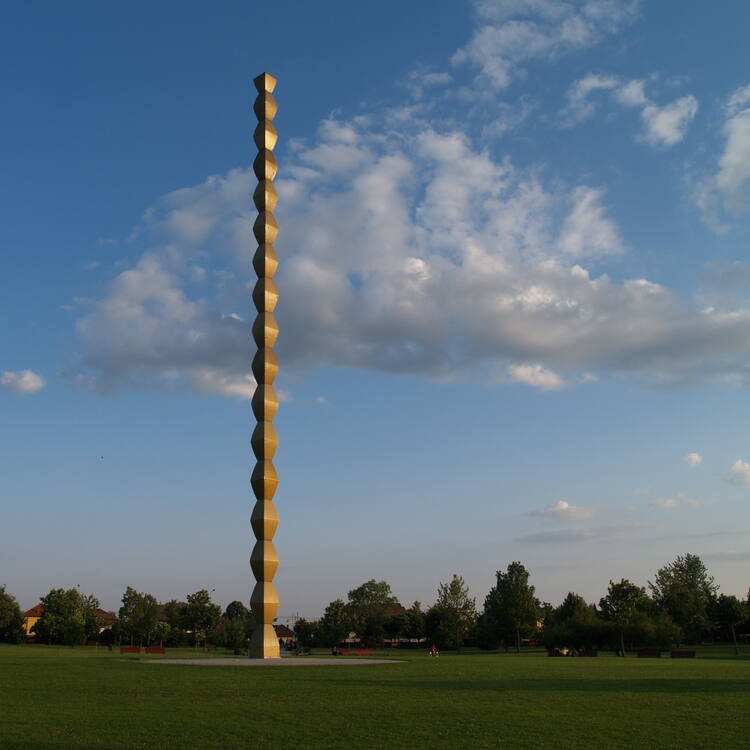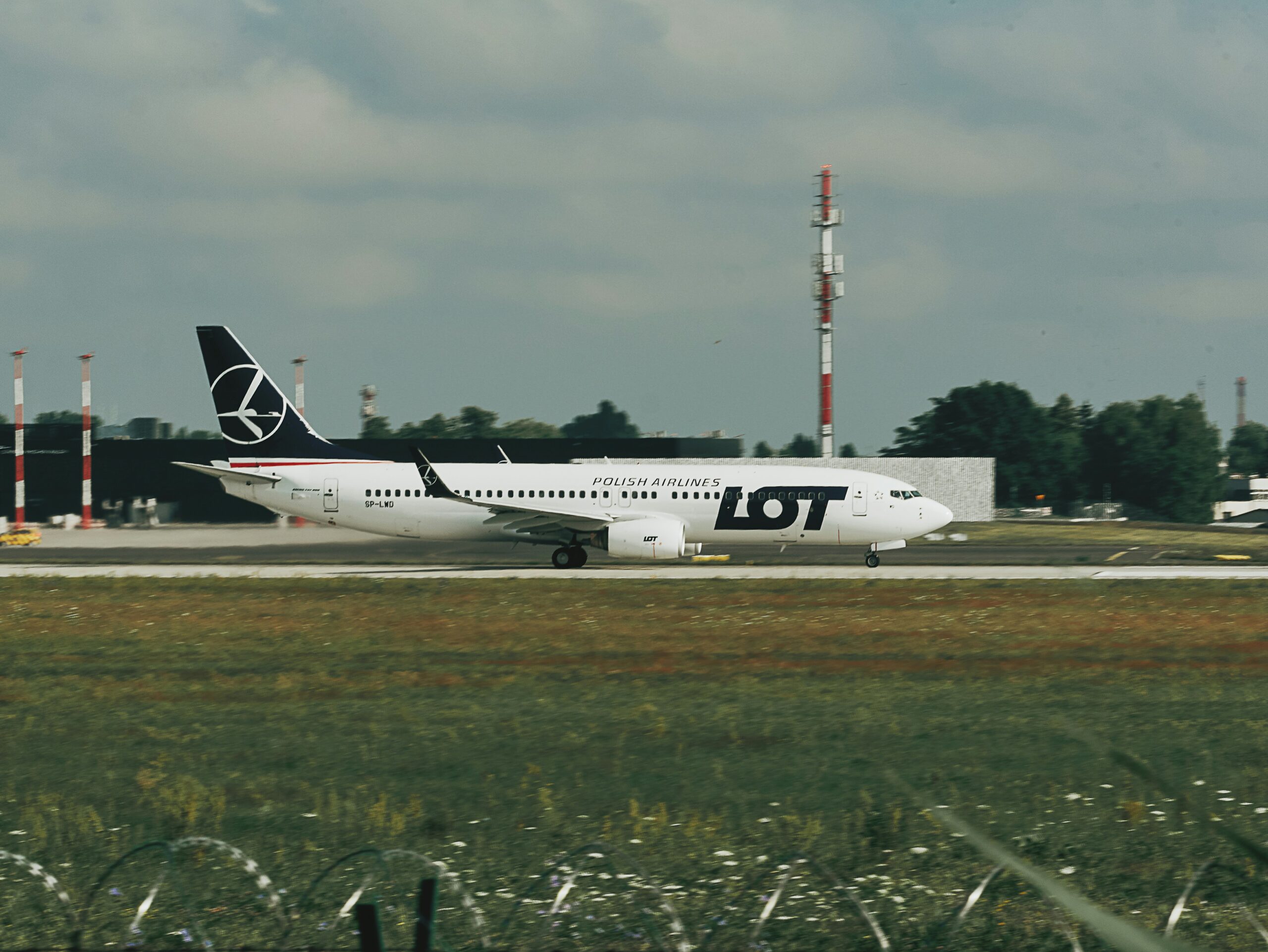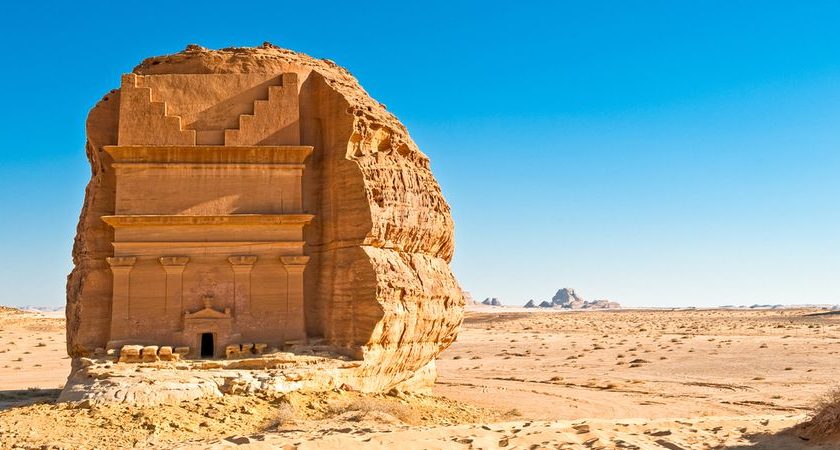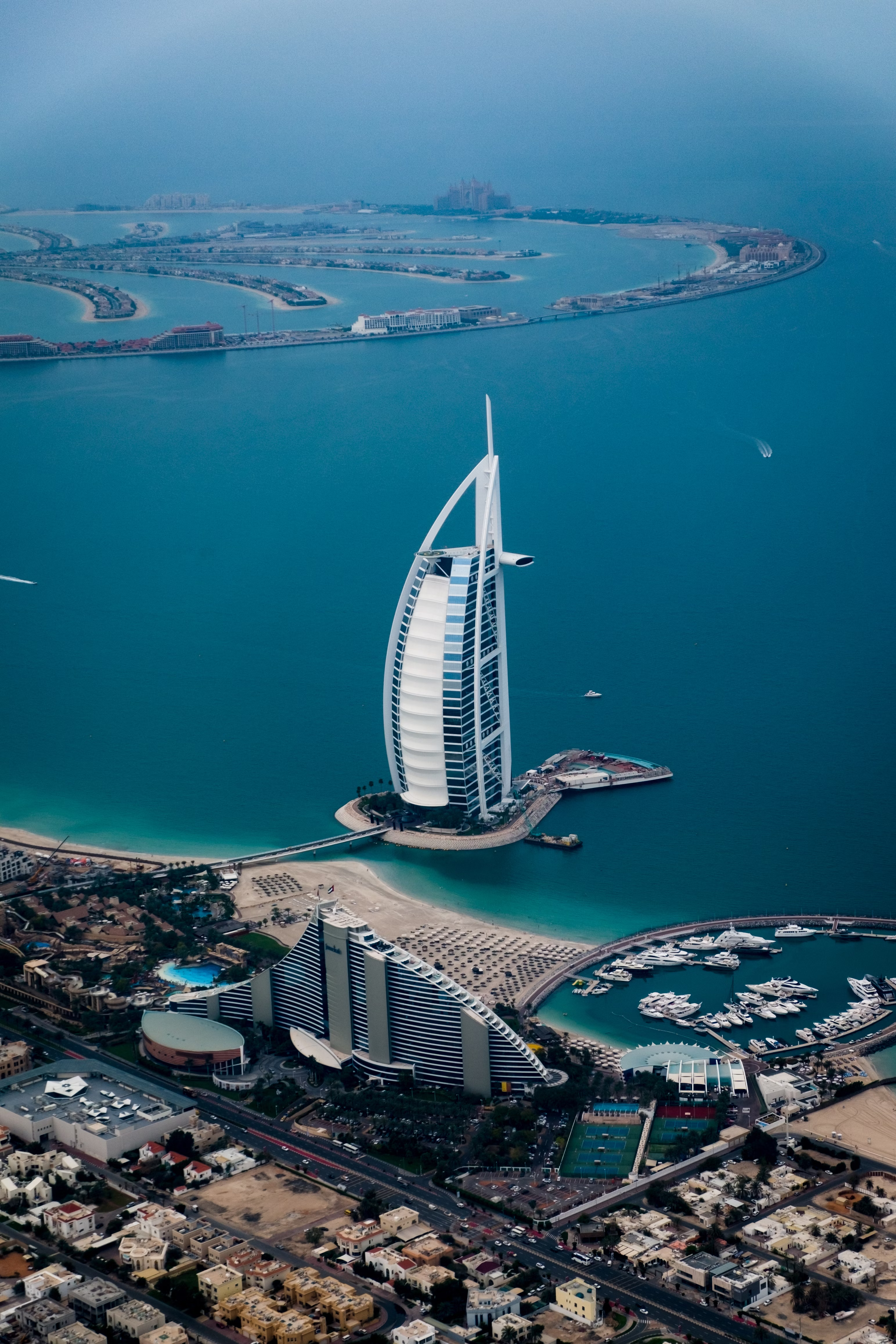Europe is home to a treasure trove of cultural heritage sites, and the recent additions to UNESCO’s World Heritage List are no exception. From a symbolic Romanian monument to an ancient Roman road in Italy, these new listings offer a glimpse into the rich history and diverse landscapes of the continent.
- Brâncuși Monumental Ensemble of Târgu Jiu, Romania
The Brâncuși Monumental Ensemble in Romania is a poignant tribute to those who perished during World War I. Comprising abstract sculptures like the towering Endless Column and the symbolic Table of Silence, this site blends art, landscape, and history to honor Romania’s heroes. - Via Appia, Italy
Known as ‘the Queen of roads’, Via Appia is a 500-mile marvel of Roman engineering connecting Rome to Southern Italy. This ancient highway, lined with historical ruins like the Chiesa di San Nicola di Bari, offers a fascinating journey through Italy’s past and its enduring influence on civilization. - Schwerin Residence Ensemble, Germany
Nestled by Lake Schwerin, this ensemble captures the essence of 19th-century German architecture with its ornate buildings and scenic gardens. The Neo-Renaissance and neoclassical influences of Schwerin’s architecture reflect a bygone era of cultural grandeur. - Dacia, Romania
Dacia’s legacy as the northern frontier of the Roman Empire is preserved through its fortresses and watchtowers along the Dacian Limes. This expansive borderland, spanning diverse landscapes, stands as a testament to the strategic importance of Dacia in ancient times. - The Flow Country, Scotland
In the Scottish Highlands lies The Flow Country, a vast expanse of blanket bog renowned for its role as a significant carbon store. This unique landscape not only offers breathtaking views but also plays a crucial role in mitigating climate change. - Vjetrenica Cave, Bosnia and Herzegovina
Bosnia and Herzegovina’s Vjetrenica Cave is a biodiverse marvel, teeming with underground habitats and unique fauna. Visitors can explore its intricate network of cave channels and lakes, experiencing firsthand the natural wonders hidden beneath the surface. - Moravian Church Settlements, Germany and UK
The Moravian settlements in Germany and the UK, now UNESCO World Heritage Sites, offer a glimpse into the communal life and architectural heritage of the Moravian Church. From the picturesque village of Gracehill in Northern Ireland to the historic town of Herrnhut in Germany, these settlements are a testament to a centuries-old tradition.
These new additions to UNESCO’s World Heritage List not only showcase Europe’s rich cultural tapestry but also underscore the importance of preserving and celebrating our shared heritage for future generations to cherish and learn from.
Related stories:
Catch up on the top stories and travel deals by subscribing to our newsletter!












Leave a Reply